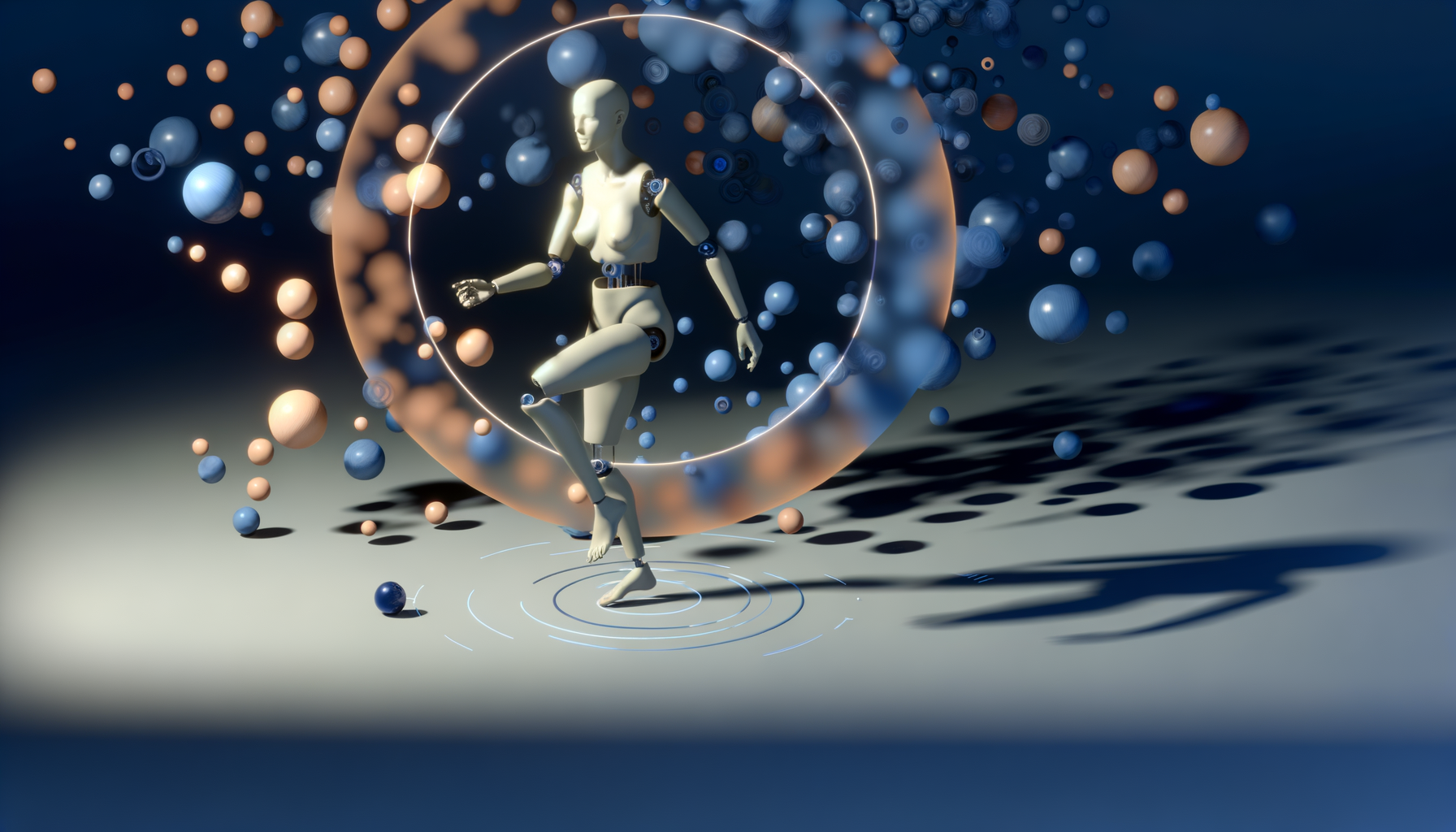Everything you think you know about workflow automation is about to be upended—the next generation of bots won’t just follow orders, they’ll outthink your processes in real time. Are you ready to trust them?
Agentic AI: The Unseen Force Redefining Enterprise Automation
In 2025, the landscape of workflow automation is undergoing the biggest shift since RPA first landed in the enterprise. Traditional bots—rigid, predictable, reliable—are quietly giving way to a new breed: agentic AI. These agents aren’t just tools executing tasks; they’re sophisticated collaborators, capable of making decisions, negotiating workflow dependencies, and even initiating process improvements proactively.
What Makes Agentic AI Different?
Let’s cut through the hype: not all automation is created equal. Most current “bots” are glorified macros, performing simple, linear sequences with barely any context-awareness. Agentic AI, however, behaves more like a junior colleague—aware of goals, understanding constraints, responding to dynamic changes, and escalating only when true ambiguity arises.
Ask yourself: will your business thrive with bots that blindly execute scripts, or with agents that adapt, learn, and challenge broken workflows the moment they encounter them?
From Simple Scripts to Hyperautomation: The Evolution Timeline
- 2012–2018: Classic RPA – Repetitive actions, primarily rule-bound back office tasks.
- 2019–2023: Conversational Bots and Task Automation – Task-centric automations grow in number, benefiting from basic NLP and contextuality.
- 2024–2025: Hyperautomation with Agentic AI – Multiple intelligent agents coordinate, learn from workflows, optimize themselves, and orchestrate across silos.
Hyperautomation is not about doing “more of the same, faster”—it’s about an exponential leap in qualitative capability. Agentic bots combine traditional automation’s reliability with the flexibility and foresight of cognitive agents.
Why the Leap in 2025?
Several converging factors make 2025 the inflection point:
- Maturity of Large Action Models: Beyond LLMs, new models understand not just language but action chains, business intent, and workflow contexts.
- Composable Platforms: IT and business can deploy orchestrated agentic bots as drag-and-drop modules.
- Business Expectation: As enterprises face pressure to do more with less, mere automation isn’t a competitive differentiator—adaptivity is.
Agentic AI in the Workflow: A Day in the Life
Imagine this scenario: a mid-market insurance firm’s claims intake process involves six teams, dozens of decisions, and compliance checks. In the “old world” of automation, handoffs between steps are brittle. A single exception can break the process for hours.
Now, introduce agentic AI bots: each unit has autonomous micro-agents monitoring task queues, validating items proactively, and collaborating cross-functionally in real time. When a regulatory change hits, agent-bots don’t choke—they identify affected flows, re-align SLAs, and notify only the humans who need to approve fundamental exceptions. What was previously a house of cards becomes an adaptive engine.
From Reactive to Proactive and Beyond
- Traditional bots: “Tell me what to do; I’ll repeat it forever.”
- Agentic AI: “I see what needs to be done, and I’ll do it even if I have to ask questions or invent a better path.”
Agentic AI doesn’t just fit into workflows; it actively shapes and optimizes them.
Key Capabilities of 2025 Workflow Agents
- Goal Awareness: Knows not only what to do, but why—allowing for context-sensitive adaptation.
- Multi-agent Orchestration: Multiple bots synchronizing, splitting, and merging tasks dynamically, eliminating “handoff hell.”
- Learning from Data in Flow: Continual refinement by observing success/failure across workflows.
- Critical Escalation: Raising human-in-the-loop only on edge cases, not every anomaly.
Breaking Down Real Competition in Hyperautomation
- Agentic bots analyze business outcomes, not just task completions.
- They negotiate trade-offs: speed vs accuracy, throughput vs. compliance—using real-time metrics.
- Competitive teams reallocate human effort from monitoring bots to designing goals and exceptions.
Implications for Enterprise Leaders
Hyperautomation with agentic AI will split industries into two camps: those who treat workflow bots as disposable code, and those who treat agentic bots as strategic digital teammates. The latter will see:
- Accelerated change management;
- Innovation from business users (no more waiting for IT for every tweak);
- Radical cost reduction without sacrificing resilience;
- Process visibility and insight generation emerging organically, not forced through analytics overlays.
The question is not “can AI replace humans” but “who controls the logic of work—humans via agentic AI, or static code?”
It’s About Trust and Control, Not Just Technology
Organizations that win in 2025 will be those willing to relinquish some low-level process control—allowing agents space to reroute, improvise, and optimize—while codifying guardrails and governance at the goals level. This is uncomfortable, and it should be.
If you picture your current automation platform as a series of recipes, take another look. The most advanced enterprises now empower agents to write some recipes themselves, governed by well-defined outcomes and ethical boundaries.
Ask Yourself:
- Are your bots truly adaptive, or did you just digitize tedium?
- How many FTEs could you actually free if you trusted agentic AI—even in regulated spaces?
- How fast could you rewrite business logic in response to crisis or regulation?
Waiting for others to prove this safe is not a strategy; it’s a risk. Early adopters are gaining process fluidity that cannot be caught up overnight.
The New Rules for 2025 Workflow Success
- Audit for Fragility: Map where your bots fail from lack of adaptability, not just errors.
- Pilot Agentic Workflows: Start with high-variance, low-risk processes—claims triage, vendor onboarding, supply chain exceptions.
- Establish Outcome-based Governance: Govern goals, not code—let agents experiment within bounds.
- Prepare Talent: Upskill business leads in agent orchestration, not just task modeling.
What’s Next: Beyond Agents to Entire Autonomous Workflows
This is just the starting line. Agentic AI will form the substrate for autonomous workflows—where chains of agents collaborate, improvise, and self-monitor entire business processes. The human role? Setting direction, defining outcomes, and handling only the real ambiguities.
Redefining ROI: Beyond Cost Savings
Historically, automation was measured on FTE reduction and SLA improvement. That’s passé. True agentic hyperautomation delivers:
- Rapid process innovation;
- Data-driven process diagnosis—without extra analytics spend;
- New product/channel enablement, due to previously-impossible workflow adaptability;
- Real-time auditability (agents log rationales for every decision).
Conclusion: Prepare, or Risk Obsolescence
If your automation leadership isn’t deeply studying agentic AI and hyperautomation, your business may already be at a disadvantage in 2025’s competitive arena.
Where do you want your organization to stand when workflows stop being static programs and become living, learning systems? This isn’t a distant future—agentic AI is already quietly reshaping how work gets done, decision by decision, flow by flow.
The era of agentic AI is upon us—survival means upgrading not just your bots, but your expectations of what digital teamwork can accomplish.





